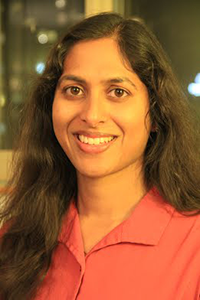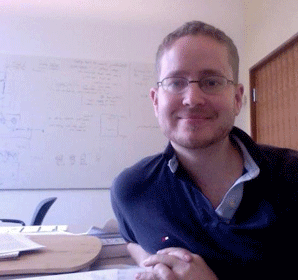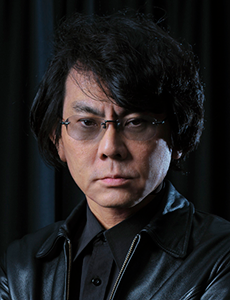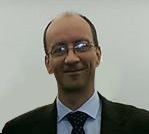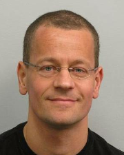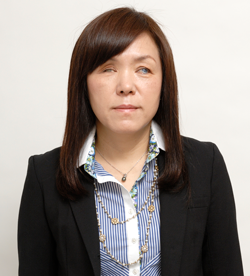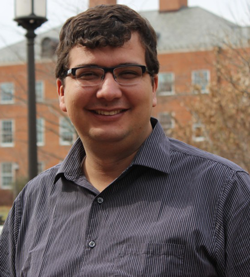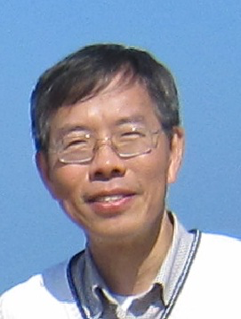
Frank Soong
Frank K. Soong, Principal Researcher/Research Manager
Speech Group, Microsoft Research Asia (MSRA)
Beijing, China
https://www.microsoft.com/en-us/research/people/frankkps/
Watch Video
A person’s speech is strongly conditioned by his own articulators and
the language(s) he speaks, hence rendering speech in an inter-speaker or
inter-language manner from a source speaker’s speech data collected in
his native language is both academically challenging and
technology/application desirable. The quality of the rendered speech is
assessed in three dimensions: naturalness, intelligibility and similarity
to the source speaker. Usually, the three criteria cannot be all met when
rendering is done in both cross-speaker and cross-language ways. We will
analyze the key factors of rendering quality in both acoustic and
phonetic domains objectively. Monolingual speech databases but recorded
by different speakers or bilingual ones recorded by the same speaker(s)
are used. Measures in the acoustic space and phonetic space are adopted
to quantify naturalness, intelligibility and speaker’s timber
objectively. Our “trajectory tiling” algorithm-based, cross-lingual TTS
is used as the baseline system for comparison. To equalize speaker
difference automatically, DNN-based ASR acoustic model trained speaker
independently is used. Kullback-Leibler Divergence is proposed to
statistically measure the phonetic similarity between any two given
speech segments, which are from different speakers or languages, in order
to select good rendering candidates. Demos of voice conversion, speaker
adaptive TTS, cross-lingual TTS will be shown either inter-speaker or
inter-language wise, or both. The implications of this research on
low-resourced speech research, speaker adaptation, “average speaker’s
voice”, accented/dialectical speech processing, speech-to-speech
translation, audio-visual TTS, etc. will be discussed.
Frank K. Soong is a Principal Researcher and Research
Manager, Speech Group, Microsoft Research Asia (MSRA), Beijing, China,
where he works on fundamental research on speech and its practical
applications. His professional research career spans over 30 years, first
with Bell Labs, US, then ATR, Japan, before joining MSRA in 2004. At Bell
Labs, where he worked on stochastic modeling of speech signals, optimal
decoding algorithm, speech analysis and coding, speech and speaker
recognition. He was responsible for developing the recognition algorithm
which was developed into voice-activated mobile phone products rated by
the Mobile Office Magazine (Apr. 1993) as the “outstandingly the best”.
He is a co-recipient of the Bell Labs President Gold Award for developing
the Bell Labs Automatic Speech Recognition (BLASR) system. He has served
as a member of the Speech and Language Technical Committee, IEEE Signal
Processing Society and other society functions, including Associate
Editor of the IEEE Speech and Audio Transactions and chairing IEEE
Workshop. He published extensively with more than 200 papers and
co-edited a widely used reference book, Automatic Speech and Speech
Recognition- Advanced Topics, Kluwer, 1996. He is a visiting professor of
the Chinese University of Hong Kong (CUHK) and a few other top-rated
universities in China. He is also the co-Director of the National
MSRA-CUHK Joint Research Lab. He got his BS, MS and PhD from National
Taiwan Univ., Univ. of Rhode Island, and Stanford Univ., all in
Electrical Eng. He is an IEEE Fellow “for contributions to digital
processing of speech”.


